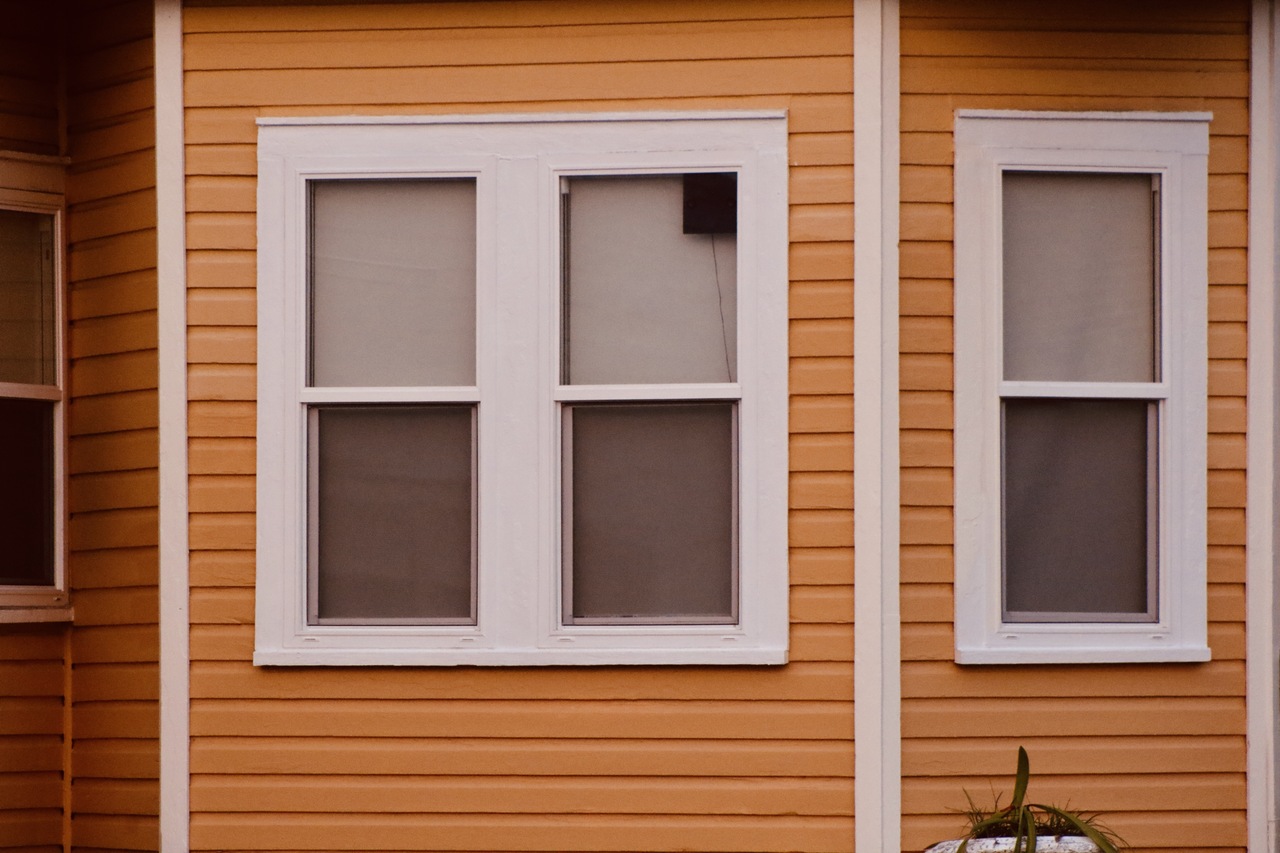
When it comes to choosing siding for your home, the debate often comes down to two popular contenders: vinyl siding and fiber cement siding. Both materials offer distinct advantages and challenges, making the choice between them a significant decision for homeowners. This article dives deep into the comparison, helping you make an informed decision based on durability, cost, maintenance, aesthetic appeal, and environmental impact.
Understanding the Contenders
Vinyl Siding: Made from PVC (polyvinyl chloride), vinyl siding is a durable, low-maintenance option that has been popular in the U.S. for decades. It’s known for its wide range of colors, styles, and relatively low cost.
Fiber Cement Siding: A blend of cement, sand, and cellulose fibers, fiber cement siding is prized for its strength, durability, and resistance to fire, pests, and rot. It can mimic the look of wood, stone, or brick, offering a high-end finish to homes.
Durability and Longevity
Vinyl Siding: Vinyl is resistant to moisture and decay, making it a long-lasting option. However, it can crack in extreme cold, fade under prolonged sun exposure, and is not fire-resistant. Its lifespan typically ranges from 20 to 40 years.
Fiber Cement Siding: Fiber cement is exceptionally durable, withstanding harsh weather conditions, including high winds, hail, and temperature fluctuations. It is also fire-resistant and impervious to pests. With proper maintenance, fiber cement siding can last over 50 years.
Cost Comparison
Vinyl Siding: Generally, vinyl siding is less expensive both in terms of material and installation costs. It’s an attractive option for homeowners looking for a cost-effective siding solution without compromising on appearance.
Fiber Cement Siding: Initially, fiber cement siding is more expensive than vinyl, both for the material and for installation, due to its weight and the complexity of installation. However, its longevity and low maintenance requirements can make it more cost-effective in the long run.
Maintenance and Upkeep
Vinyl Siding: One of vinyl siding’s biggest selling points is its low maintenance. It never needs painting—only occasional cleaning with soap and water to keep it looking new.
Fiber Cement Siding: Fiber cement siding requires more maintenance than vinyl. It may need repainting every 15 to 20 years. However, its robust nature means less frequent repairs for damage from weather or pests.
Aesthetic Appeal
Vinyl Siding: Modern vinyl siding offers a wide range of colors, textures, and styles, including options that mimic wood, stone, and other natural materials. However, its appearance may not be as authentic-looking or feel as premium as some alternatives.
Fiber Cement Siding: Fiber cement siding is renowned for its ability to emulate the look and texture of natural materials with remarkable accuracy. It offers a more authentic and upscale appearance, which can enhance curb appeal and potentially increase home value.
Environmental Impact
Vinyl Siding: While vinyl siding is durable and requires low maintenance, its production and disposal raise environmental concerns. PVC manufacturing releases harmful chemicals, and while vinyl siding can be recycled, it often ends up in landfills.
Fiber Cement Siding: Fiber cement siding is considered more environmentally friendly than vinyl. Its production has a lower environmental impact, and the material’s longevity means less frequent replacement. However, it does require more energy to produce and transport due to its weight.
FAQs
Q: Can vinyl and fiber cement siding withstand severe weather conditions?
A: Both materials offer good resistance to various weather conditions. Vinyl siding can handle moisture well but may suffer in extreme cold or under direct impact. Fiber cement siding excels in severe climates, offering superior resistance to wind, hail, and temperature fluctuations.
Q: How do vinyl and fiber cement siding compare in terms of fire resistance?
A: Fiber cement siding is non-combustible and offers excellent fire resistance. Vinyl siding, while it won’t ignite quickly, can melt when exposed to high heat or direct flames.
Q: Are there color and style options available for both vinyl and fiber cement siding?
A: Yes, both siding types come in a variety of colors and styles. Vinyl siding offers a broad palette of colors and textures. Fiber cement siding provides a range of aesthetic options, including textures that mimic natural wood and stone, with the added benefit of paintability for customization.
Q: What is the better choice for an eco-conscious homeowner?
A: For homeowners prioritizing environmental sustainability, fiber cement siding may be the better choice due to its longer lifespan, lower impact production process, and the potential for being made with sustainable materials.
Q: Considering cost, durability, and aesthetics, which siding is the best investment?
A: The best investment depends on your priorities. If initial cost and low maintenance are key, vinyl siding might be your best bet. If you’re looking for durability, aesthetic appeal, and are willing to invest more upfront for long-term benefits, fiber cement siding could be the superior choice.
Choosing between vinyl and fiber cement siding involves weighing factors like cost, maintenance, durability, aesthetic preferences, and environmental impact. While vinyl offers an affordable and low-maintenance solution, fiber cement provides superior durability and an upscale look but at a higher initial cost. Ultimately, the best choice depends on your specific needs, budget, and values.








